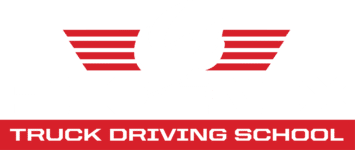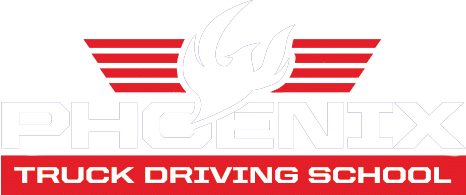In addition to the standard commercial driver’s license (CDL), there are a variety of endorsements. These are additional certifications you can add to your license by passing written exams in addition to the general knowledge test. The hazardous materials (hazmat) endorsement is one example and allows you to transport potentially dangerous substances.
Why Earn the Hazmat Endorsement?
Endorsements widen the range of CDL jobs that are available to you. With a hazmat endorsement, you can haul many types of specialized freight, including fuel. In most cases, a tanker endorsement will also be necessary. This is because many hazardous materials are in a liquid or gaseous form.
Jobs hauling hazmat require attention to detail and extreme care. They will typically pay more than other types of freight because of the heightened responsibility.
Keep in mind that you will almost always need prior trucking experience to get a hazmat job. Most require a year or more of accident-free over-the-road (OTR) driving. So, why not wait to earn your endorsement? The simple answer is it requires more work for you to go back in and take another written test once you decide you want to pursue a career in hazmat hauling compared to taking all of the exams at one time. Even if you never use the hazmat endorsement, it’s nice to have it available.
What You Need to Earn Your Endorsement
In addition to meeting the requirements for a standard CDL, you will need to pass a background check for the hazmat endorsement. The Transportation Safety Administration (TSA) runs this check.
You will then need to pass the written exam. This includes multiple-choice questions that come from Chapter 9 of the CDL Manual. This chapter covers hazmat safety and regulations and includes 7 subsections.
These subsections are:
1. The Intent of the Regulations
You will need to understand why hazmat regulations are necessary. The manual lists three broad goals: “contain the material,” “communicate the risk,” and “ensure safe drivers and equipment.”
2. Who Does What
Each individual or organization involved in transporting potentially dangerous substances has an important role to play.
As a brief overview:
- The shipper prepares the shipment according to regulations.
- The carrier checks that the shipper prepared the shipment correctly and reports accidents to proper authorities.
- The driver double-checks that both the shipper and the carrier have followed regulations and transports the freight safely.
3. Communication Rules
This section of the CDL manual outlines the different classes of hazmat. The shipping papers must list the proper class. Additionally, any vehicle hauling hazmat must have one or more placards outlining the class(es) of the freight. You will need to know how to identify hazardous substances correctly.
4. Loading and Unloading
Subsection 4 gives requirements for loading and unloading hazmat. After studying this section, you should understand the general rules that apply to all types of potentially dangerous substances as well as specific regulations for various classes.
5. Bulk Packaging
There are specific requirements for hazmat in bulk packaging. This includes tank vehicles. In addition to these rules, keep in mind that you will need to earn your tanker endorsement to transport hazardous substances in a tank truck.
6. Driving and Parking Rules
Parking a vehicle with hazardous materials is different from parking a standard dry van. There are some areas where you cannot park a vehicle with these substances. Certain classes, namely explosives, have additional requirements.
7. Emergencies
It is important that you know how to handle any emergency that could arise while transporting hazmat. This section covers how to respond to crashes, fires, and other issues.
Earn Your Hazmat Endorsement
All of our Phoenix Truck Driving School locations offer the hazmat endorsement. We can help you start your trucking career with the skills you need to succeed and can get you on the road in as little as four weeks.



